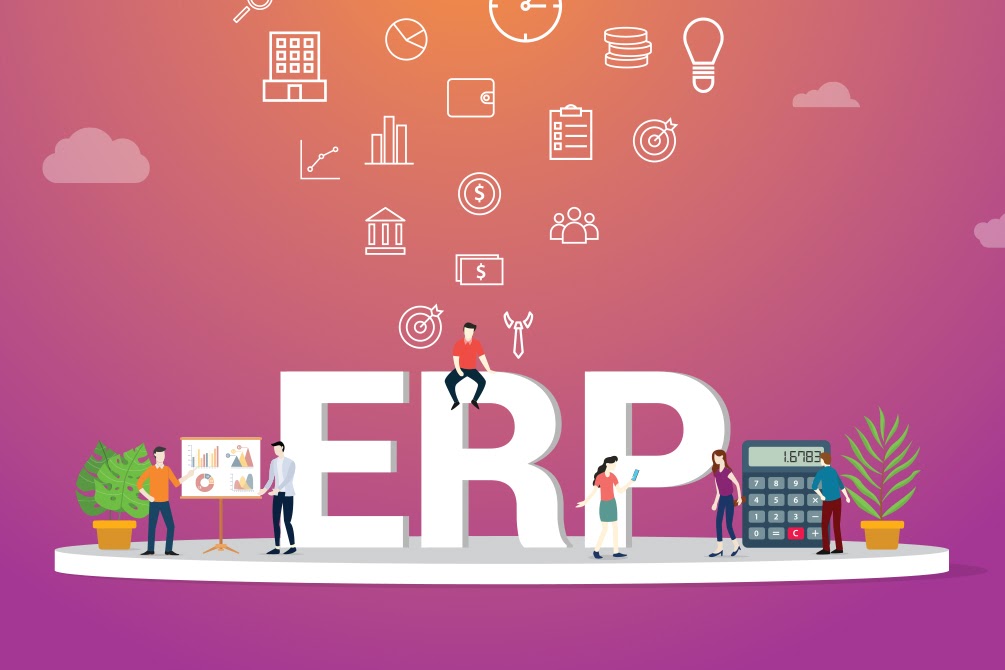
Working with experienced print experts is a great way to regulate your print business. But that is not the only way! In the modern data-driven world, efficiency is the key for sustaining any business, be it small businesses or large-scale corporations. Nowadays, with the ever-growing competition, print companies need a well-structured process for optimizing their businesses. Print optimization is one process to analyze, restrict and recover the overall operational costs of print businesses.
Print optimization techniques are constantly evolving and changing according to industry standards. The more you optimize your business, with advanced technology, the more opportunity there is to capitalize. This is because the overall system undergoes productive improvements, and there is an opportunity to save on print costs. So, do you plan to streamline your current printing environment? If yes, then we’ve got you covered. This guide will cover everything from the definition to the various ways to optimize your print businesses.
This guide will cover:
- What is Print Optimization?
- Need for Print Optimization in The Current Industry.
- How to Optimize Your Print Workflow?
- Key Print Optimizer: ERP Management Software
- Choose the Right ERP Software
- Work with experts
What is Print Optimization?
In a nutshell, print optimization is the ability to improve your printing devices, processes, and workflows. This reduces unnecessary running costs and minimizes their negative impact on business operations and the environment. Print Optimization generally includes:
- Direct large print jobs to the high-speed printers
- Compressing print files
- Isolating texts and graphics that are the same across printing documents
- Displaying messages that request the end-users to confirm single-sided printing
- Adapting various tools for managing workflow, design flow, and inventory
- Delete jobs with incorrect paper size setting automatically
- In case of non-operational print devices, automatically suggesting an alternative printer
Need for Print Optimization in The Current Industry
Studies say that implementing recommendations from print optimization plans may save a business between 20% to 30% of the total costs. Print optimization represents a significant opportunity for any business to reduce costs, save time, and cut back on resources.
Managed Print Services + Print Optimization Plan = Up to 50% Reduction in Print Costs
Print optimization can help you understand your exact print spending at the user level. All print costs become visible and improve transparency for the organization. With print optimization, you can constantly track print devices and deploy them to the right place. It also helps you to consolidate print vendors and standardize your print fleet. You can make better print decisions about the overall printing environment, as all the print-related decisions consider the entire organization’s needs. This results in better utilization of printing devices.
Furthermore, it reduces IT support and eliminates waste of supplies. You can create a paperless environment by adopting various workflows, print jobs, and order management software. So, these were the benefits of print optimization. Now let us have a look at how to achieve print optimization effectively.
How to Optimize Your Print Workflow?
Improving productivity with minimal investment may be difficult, but it isn’t impossible. As a company, you need to understand all costs associated with your print devices. You can optimize the cost by ensuring that your workflow cycle runs on time. Here are some ways to optimize your print workflow.
I. Plan Your Resources
Planning and managing your resources is the essential step one. Monitor your current print equipment over time for emerging trends and keep a constant check on your device performances. Once a feasible trend emerges related to your print optimization, it is perhaps time to grab the opportunity.
Locate and invest in the most cost-efficient devices. Divert your prints to these devices. Then, your business is more likely to save on costs. Also, keep a check of the under-utilized devices. Align them with the over-utilized ones and balance your print volume. You can also work on reducing the printer toner and ink wastage. You could use processes and software that lets you plan the usage and purchase of essential supplies.
II. Automation Through Print Optimizer
The most important technique to optimize your print solutions is automation. It helps improve the workflows and their execution speed. In today’s print environment, removing human touchpoints and potential error sources is vital to ensure a smooth-running operation. Yet, many businesses refrain from adopting automated technology.
Pat McGre, a Key point Intelligence director for InfoTrends Production Workflow Service, notes that:
“We know that PSPs [print services providers] in North America should be assessing their workflows and working toward the elimination of manual touchpoints, supplicative software tools, and bottlenecks, but it’s going slowly. Larger PSPs are doing a better job of integrating new tools than their smaller PSP counterparts but, as a whole, there is a lot of opportunity to become more efficient and automated.”
Printer service providers are aware that they need to optimize their workflow. They just do not know where to start from.
Marco Boer, a print service provider points out his query:
“Do I start afresh, or do I try to integrate into the existing workflow? Who do I turn to for integrating into my existing workflow? A software provider? A hardware supplier? Should I self-develop?”
Different situations and niches require different workflows. Most service providers think that adopting automation equates to “human vs. technology”. But it is not. It’s more about integrating the two together for efficient operations. Here’s a webinar for better understanding of how print optimization and print automation helps businesses. Some of the automated print optimizer software are Print ERP management software, Print Job Manager, Inventory Manager, and many more. Let us have a look at them one by one:
Inventory Management
Most unnecessary order cancellations occur due to stock mismanagement. An inventory management system ensures that you never run out of stock. You can streamline all your operations involving high-volume, multi-channel eCommerce. It also helps you keep your warehouse and your inventory up-to-date, and cost-optimized.
Print Job Manager
A print job manager is another automated software to manage your print workflow timeline. It helps you increase deliveries, production, profitability on short-run jobs and lower your machine time. It also helps reduce print waste and human errors.
Print ERP Software
An ERP software is used to plan and manage all the core supply chain activities, services, manufacturing activities, financial roadmap, and other processes of your organization. ERP management software is perhaps the most important asset that every print service provider must have.
Let us have a detailed look at it.
Key Print Optimizer: ERP Management Software
ERP stands for Enterprise Resource Planning. With the help of ERP, you can deliver all your orders on time in a hassle-free manner. An idle ERP software contains features like price estimation, quotation, order confirmation, automatic generation of job sheets, production workflow management, and an appropriately timed delivery.
Right from collecting print-ready files to shipping final orders, the ERP manager ensures that every stage of your workflow remains glitch-free. It ensures a perfect balance between customers’ needs and your stock availability.
How does ERP Software Work?
An ideal print ERP software solution strikes a balance between accelerating customer demands and extensive print processes. All you need to do is define the work order stages according to your workflow. You’ll receive real-time data of orders, stock consumption, and manufacturing process accordingly. To make your workflow even streamlined and to help you make a wise decision to select the right ERP management software, we have created a checklist of all the features that an ERP software must have.
Choose the Right ERP Software
Here’s a quick checklist of the print ERP software features for your business must have:
- Flexibility: A glitch-free ERP software is compatible with every system and integrable with all the ecommerce platforms.
- Inventory Manager: It lets you manage your inventory and keep it up-to-date.
- Print Job Manager: It must help you reduce manual job creation and achieve faster efficiency in your print workflow.
- Quotation Management: It must have automatic quote generation features. It must let you accept quote requests, process those quotes, and mail them to your clients in real-time. It must also have an easy-to-use accurate print estimation to win more conversions!
- Order Management: It must let you manage all order channels centrally and efficiently. It must give you full back-end control so that you can remove duplicate orders, reorder and resolve order queries efficiently.
- QR Scanning: This feature helps you to track and be up to date with your print stages. It lets you define various print stages, print job stickers with QR codes, and execute orders on time.
- Progress Reports: Your ERP software must let you create different reports with micro details to track print progress and avoid redundant tasks.
- Dashboard: It must also have visual charts and reports on a customized dashboard. It must also give you a quick glimpse of how things are going on in the backend.
- Customization: See if your ERP software has various customization options or not. Choose the one that provides theme settings, color-combinations, and so on.
Work with Experts
We hope that this guide helped you create a clear plan to optimize your print business. Without the right knowledge of ERP features, decision-making can get too complicated. But now, you have the perfect information and a checklist to select an appropriate ERP system for print optimization.
PrintXpand’ Print ERP Solution is a full-proof solution for the print optimization of your business. It can be integrated with all available platforms such as Magento, WooCommerce, Shopify, Prestashop, OpenCart, PHP, etc. Our W2P developers can help you get up and running in just a few days. For more information, check out our information hub. You can also request a quick demo of our ERP tool. We have everything that you need!
All product and company names are trademarks™, registered® or copyright© trademarks of their respective holders. Use of them does not imply any affiliation with or endorsement by them.



